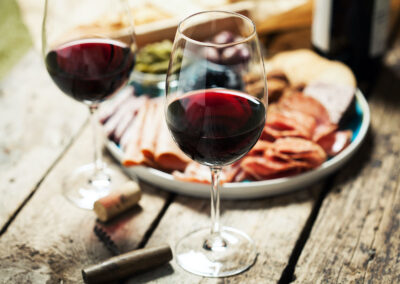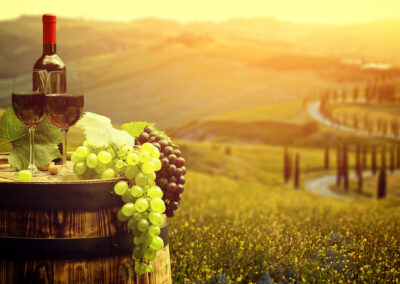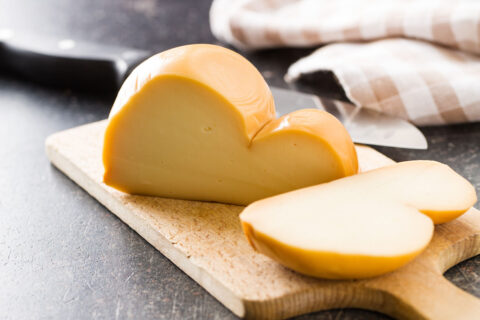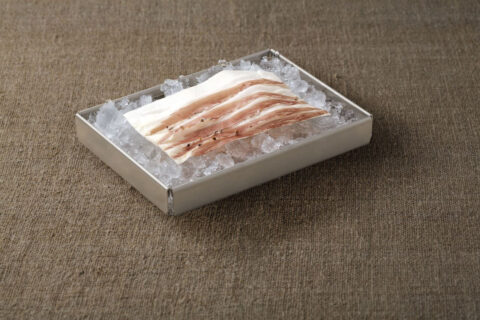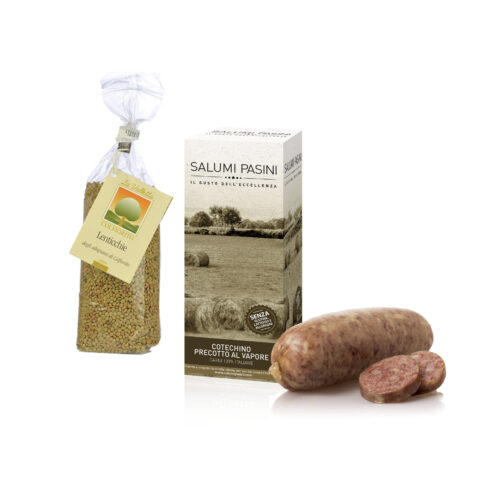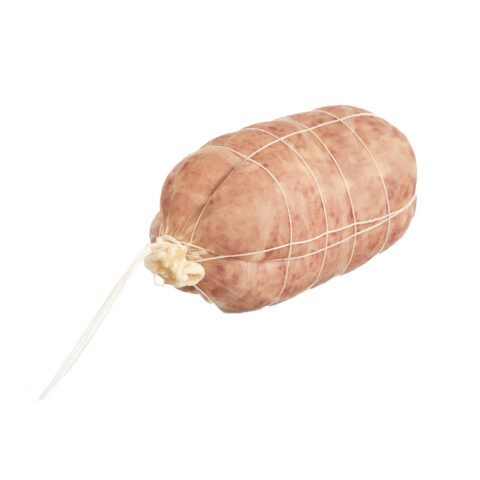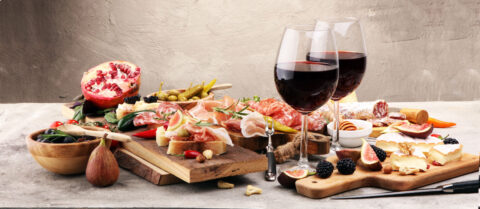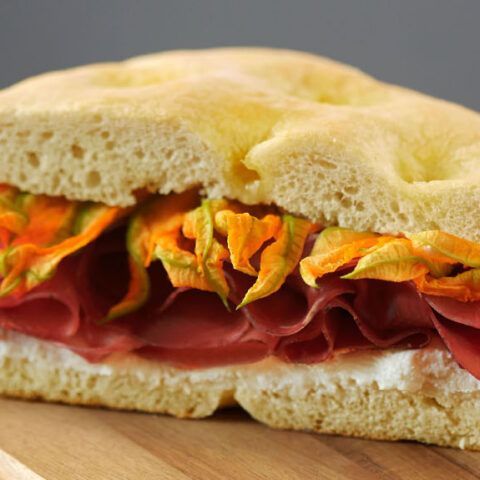Clean a zucchini, cut it into small pieces and boil it in salted water. At the end of cooking, drain the zucchini and put it in the bowl of the minipimer adding oil, a cup of cold water and blend until it becomes a cream. Keep it aside. Cut the remaining zucchini into...
ROSSO DI MONTALCINO DOC WINE
€17,90
FAST SHIPPING
SAFE PAYMENTS
Rosso di Montalcino DOC San Polo is an organic red wine with good structure, vivacity and freshness. A wine that does not neglect its noble Tuscan origins. Only 100% Sangiovese grapes are used for its production, as strictly indicated in the Disciplinary. A wine rich in fruity aromas and characterised by silky, unobtrusive tannins.
The San Polo winery is one of the flagship producers of Valpolicella Classica, long recognised as one of the most significant and important wineries in Italy. The Allegrini family pays great attention to respecting the environment, aiming to be totally sustainable and organic, while at the same time seeking innovation.
Ingredients
Ingredients
Food expiration
Conservation tips
NUTRITIONAL VALUES
RELATED PRODUCTS
TASTING SUGGESTIONS
Rosso di Montalcino DOC San Polo goes perfectly with typical Tuscan dishes, especially if they are characterised by a straightforward and decisive taste. Rosso di Montalcino DOC San Polo has a brilliant and luminous ruby red colour. Its bouquet is characterised by pleasant notes of spices, accompanied by hints of red and black fruits, flowers, field herbs and tobacco. It is soft and enveloping on the palate. Specifically, with pasta or risottos dressed with mushrooms or truffles, main courses of pork or mixed grilled meat. Finally, it accompanies with great elegance a charcuterie board with mixed cold cuts and moderately ripened cheese.
We recommend serving this wine in a large Grand Ballon-type goblet, at a temperature of 18° C.
WINERY AND VINEYARD
Produced in the area of Montalcino, where the Veronese Allegrini family owns about 3 hectares of land, the vineyards where these Sangiovese grapes grow are located at 450 metres above sea level and face south/south-east. The soil is rich in clay and calcium and the spurred cordon system is used for training the vines. This yields approximately 7000 vine stocks per hectare of land, thus producing 49 hectolitres of wine per hectare of vineland. Harvesting is done by hand in September and vinification involves gently crushing the grapes. This phase is preceded by careful selection of the grapes. This is followed by fermentation in cement tanks and malolactic fermentation, carried out in 500-litre tonneaux. This is followed by refinement in French oak tonneaux for 12 months and a second refinement in bottles before release.
COOKING TIPS
Bresaola with fruit and vegetable salad
For asparagus Cut the asparagus into julienne strips. Place them in a bowl and add 1 tablespoon of extra virgin olive oil, the juice of half a lemon, salt and mix. For the dressing In a bowl add the low-fat yogurt, 1 tablespoon of extra virgin olive oil, salt and...
Focaccia with bresaola, zucchini flowers and goat cheese
Mix flour and beer, and dip the zucchini flowers in the batter. In the meatime, heat oil in a deep pan and, once it has reached the temperature of 180°, place the battered zucchini flowers in it. Once they start to golden, take them out and place them on absorbing...


